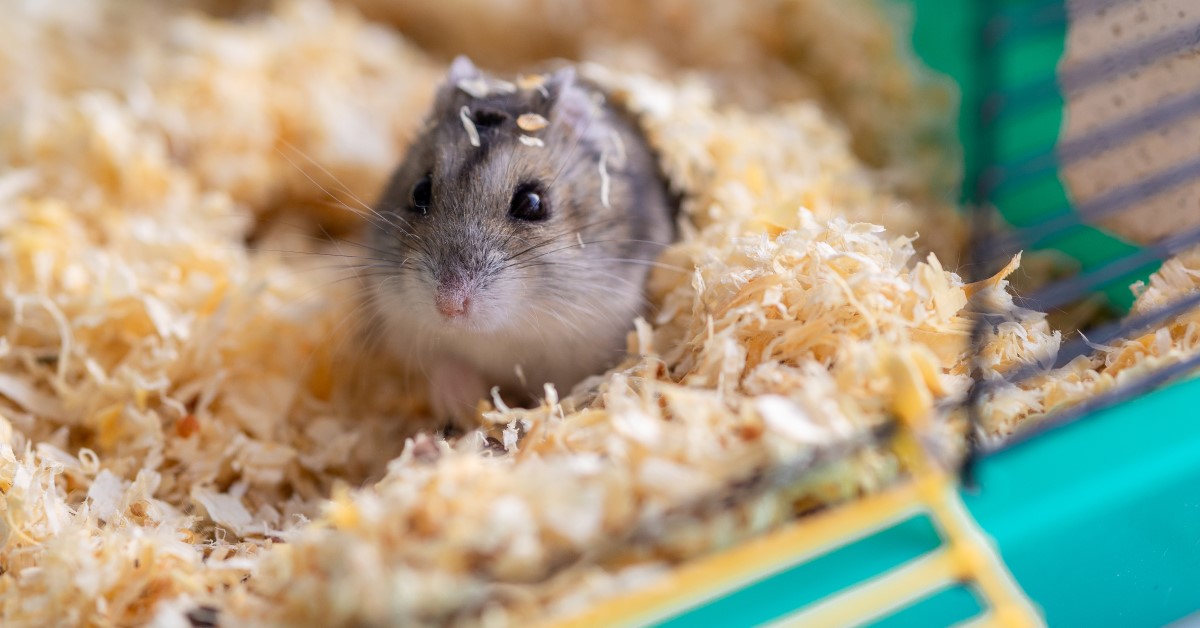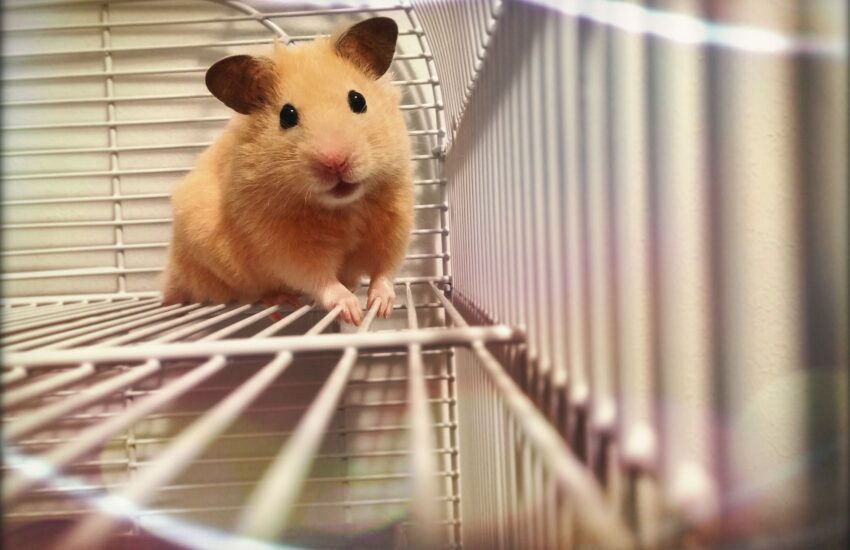Best Hamster Breeds for First Pet
Choosing a pet can be both exciting and daunting, especially for first-timers. Hamsters are often considered one of the best options for beginners due to their manageable size, easy care requirements, and playful nature. This article will explore the best hamster breeds for first-time pet owners, highlighting their unique characteristics and needs to help you make an informed decision. We will also provide tips on care and maintenance to ensure a happy environment for your new furry friend.
Top Hamster Breeds for Beginners
When it comes to selecting a hamster breed, it’s important to understand the varying personalities and care needs of each species. Some breeds are known for their friendly demeanors and ease of care, making them ideal for novice pet owners. Here, we will discuss the top breeds that are particularly well-suited to beginners:
Syrian Hamster
The **Syrian hamster**, often referred to as the golden hamster, is arguably the most popular breed among pet owners. They are known for their larger size compared to other breeds, which can make handling a little easier for kids. Syrian hamsters are generally friendly, and with regular handling, they tend to become quite affectionate toward their owners. These hamsters are solitary creatures and should be housed alone, as they can be territorial. A spacious cage with plenty of bedding for tunneling, along with toys for enrichment, will keep a Syrian hamster happy and healthy. Make sure to provide a balanced diet of pellets and occasional treats like fruits or veggies.

Dwarf Campbell Hamster
The **Dwarf Campbell hamster** is another friendly option for first-time owners. These little explorers are smaller than Syrian hamsters, making them adorable but requiring a slightly more careful approach when handling. Dwarf Campbells are known for their sociable nature, and they can be kept in pairs or small groups, provided they are introduced at a young age. They do well in a habitat that is enriched with climbing opportunities and exercise wheels, so investing in the right setup is crucial. Regular handling will encourage a bond, and they often show interesting behaviors when properly stimulated.
Winter White Russian Hamster
The **Winter White Russian hamster** is a delightful breed that changes color with the seasons, making them quite fascinating to observe. These hamsters are known for their calm temperament and ability to bond with their owners when handled frequently. Like the Campbell hamster, Winter Whites can be housed in pairs if introduced properly. They have similar habitat needs, preferring a spacious cage filled with tunnels and toys. When caring for Winter Whites, ensure their diet comprises quality pellets and fresh veggies.
Hamster Care Essentials
Understanding how to properly care for your hamster is crucial to their well-being. Each breed may have specific needs; however, there are general care principles that all hamster owners should follow.
Proper Diet for Hamsters
A proper diet is key to ensuring your hamster lives a healthy life. A staple hamster diet includes fresh pellets specifically designed for hamsters, which provide the balanced nutrition they require. In addition to pellets, hamsters benefit from fresh fruits and vegetables, but these should be introduced gradually and in moderation to avoid digestive upset. Examples of suitable treats include small pieces of apple, carrots, or broccoli. Always ensure that fresh water is available and regularly change it to maintain hydration.
Environment and Habitat Setup
Creating a suitable habitat for your hamster is critical. Choose a cage that is spacious with appropriate bedding material, such as aspen shavings or paper-based bedding. Avoid cedar or pine shavings, as they can be harmful to your hamster’s health. Provide your hamster with an exercise wheel for physical activity, tunnels for exploration, and toys to keep their minds stimulated. It’s essential to clean their habitat regularly to prevent odors and bacterial growth, which can lead to health concerns.
Hamster Handling and Socialization
Handling and socialization are key components of raising a happy hamster. Start slowly by allowing your hamster to get used to your scent and presence, which may take a few days. Once they appear comfortable, gently scoop them up using both hands, making sure to support their entire body. Regular handling helps establish trust and can make your hamster more sociable. However, always pay attention to their body language; if they seem stressed or frightened, it’s best to give them some space.
Creating a Bond with Your Hamster
Building a bond with your hamster is both rewarding and essential for their happiness. Spend time each day engaging with your pet, offering treats directly from your hand to encourage trust. You can also encourage playtime outside their cage in a safe, enclosed area, supervised so that they don’t escape or get injured. Providing a variety of enriching activities ensures they remain mentally stimulated, further deepening your bond.
Common Health Concerns
Being aware of potential health issues can enhance your hamster’s quality of life. Common signs of illness in hamsters include changes in behavior, eating habits, or physical appearance. Common health issues for hamsters include wet tail, respiratory problems, and dental disease. Regular veterinary check-ups can be advantageous, especially for older hamsters. Observing proper hygiene and maintaining a clean environment are pivotal in minimizing the risk of these health issues.
Key Takeaways
- Syrian hamsters are ideal for first-time owners due to their friendly nature.
- Dwarf Campbell and Winter White hamsters also make great beginner pets with their social personality.
- Regular handling and a proper diet contribute significantly to a healthy, happy hamster.
- Pay attention to your hamster’s socialization needs to build a trusting bond.
- Stay vigilant about their health by observing any changes in behavior or appearance.
FAQ
1. What size cage is best for a beginner hamster?
For a beginner hamster, a cage that is at least 24 inches long and 12 inches wide is recommended. Syrian hamsters require more space, while Dwarf varieties can manage slightly smaller cages. Ensure the cage is well-ventilated and has multiple levels for climbing, and enrich it with toys and cognitive stimulation.
2. How often should I clean my hamster’s cage?
It’s best to clean your hamster’s cage once a week, removing soiled bedding and uneaten food. A more thorough cleaning should also be performed monthly, washing the cage with soap and warm water. Keeping the enclosure clean helps prevent odors and health issues.
3. Can hamsters eat fruits and vegetables every day?
While hamsters can enjoy fruits and vegetables, they should only be offered in small amounts and not every day. Treats should be the size of a small pea, and make sure to introduce new foods slowly to monitor for any digestive issues.
4. Do all hamsters need the same type of bedding?
No, not all hamsters require the same bedding. For example, Syrian hamsters do well with soft bedding like carefresh or aspen shavings, while Dwarf hamsters may enjoy a mixture of fine bedding. Always avoid using materials like cedar or pine, as they can be harmful to your pet.
5. How much interaction do hamsters need?
Hamsters thrive on interaction! Aim to spend at least 15-30 minutes daily handling and playing with your hamster. This helps them become accustomed to you and enhances bonding. Regular socialization is crucial for their mental health and enjoyment.
Now that you’ve learned about the best hamster breeds, their care requirements, and key tips for interaction, you’re more prepared to choose the perfect furry companion. Whether it’s a gentle Syrian or an adventurous Dwarf hamster, your first pet experience can be fulfilling and enjoyable.
